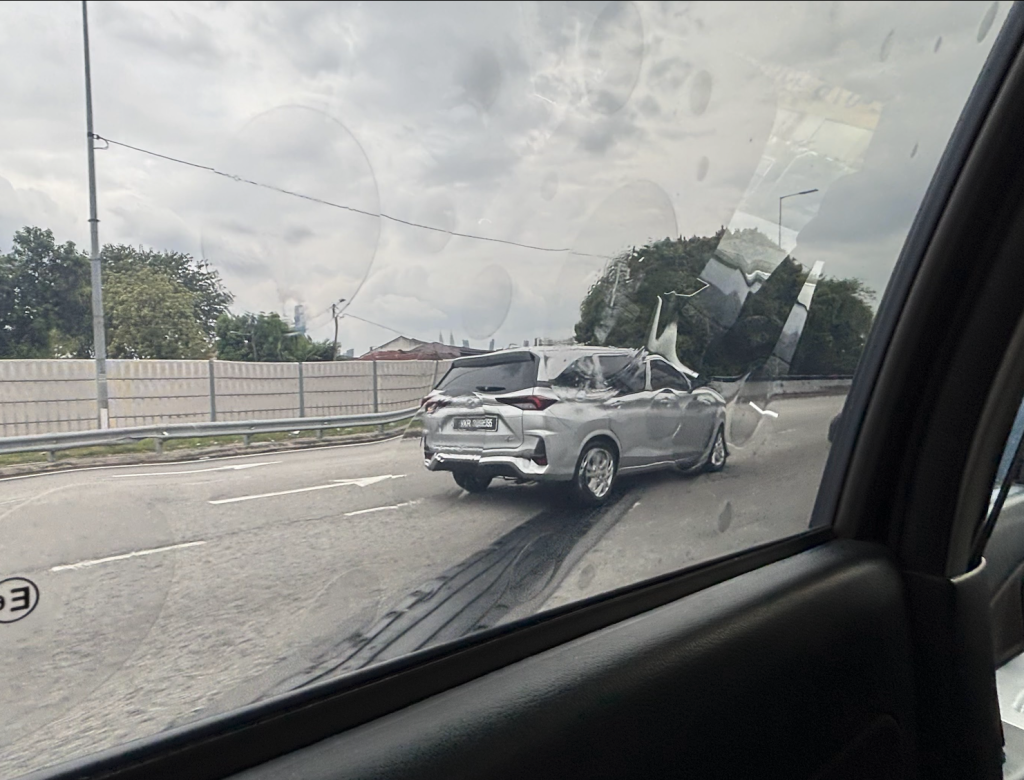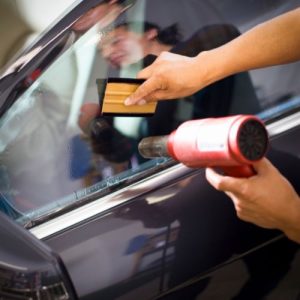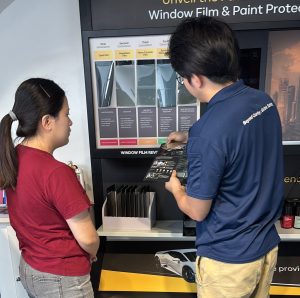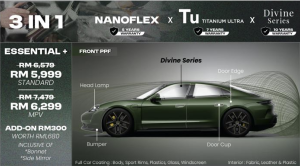Window tint isn’t just about style — it plays a crucial role in blocking heat, UV rays, and reducing glare.
But over time, even the best car tints start to wear out due to harsh sunlight, aging materials, or improper installation.
If your car feels hotter than usual or your windows look strange, your tint might already be failing.
Here’s how to spot the early signs — and what steps you should take next.
Why Car Tint Fades or Fails Over Time
Although window tint appears to be a simple film, it works hard every day protecting your cabin from the elements.
However, just like paint and rubber, tint deteriorates over time, especially when exposed to intense sunlight, rain, and pollution.
Common reasons window tint fails:
-
Low-grade tint film that degrades quickly
-
Constant exposure to direct UV rays
-
Incorrect installation without proper curing
-
Using harsh cleaning chemicals like ammonia-based cleaners
1. Your Tint Looks Purplish or Discolored
One of the first warning signs is color distortion.
If your once-deep black tint now looks purple, brown, or patchy, it’s a clear sign the film’s dye layers are breaking down under UV exposure.
This usually happens with cheap dyed tints.
High-quality films maintain their color stability for years without fading.
2. Bubbles Forming Under the Film
Small air bubbles popping up under the film?
That’s a major red flag.
Bubbling happens when:
-
Adhesive starts separating from the glass
-
Moisture gets trapped under the film
-
The tint was poorly installed or not properly cured
If ignored, these bubbles will expand, distort your view, and eventually force you to replace the film.

3. Peeling or Lifting at the Edges
Edges starting to peel or lift away from the window frame is a sign of adhesive failure.
Once peeling occurs, water and dirt easily slip under the film, speeding up deterioration.
At this stage, the tint cannot be salvaged — it must be professionally removed and replaced.
4. Increased Heat and Glare Inside Your Car
If you’re feeling more heat inside your car or you’re squinting more under sunlight, chances are your tint’s UV and infrared blocking properties are fading.
Even if the tint still looks physically intact, its performance can decline over time — meaning your cabin gets hotter, less comfortable, and more exposed to harmful UV rays.
5. Surface Scratches or Cloudiness
Cheaper tints often scratch, haze, or wear out with frequent cleaning or weather exposure.
If your windows look dull, cloudy, or scratched, your visibility — and your car’s appearance — takes a hit.
Upgrading to a scratch-resistant premium film will not only improve looks but also extend your tint’s performance.
What Should You Do If Your Tint is Fading or Failing?
Don’t wait until your old tint becomes a safety hazard or damages your car’s interior.
If you notice any of the signs above:
✅ Get a free tint inspection
✅ Professionally remove the old, damaged film (to avoid scratching your glass)
✅ Replace it with a high-performance window film that provides superior heat rejection, UV protection, and lasting durability
Final Thoughts: It’s Easy to Refresh Your Ride with a Retint
Window tint isn’t designed to last forever.
When it fades, peels, or loses its performance, it affects your comfort, visibility, and even your car’s long-term value.
Luckily, restoring your car’s protection and looks is simple — all you need is a fresh, professionally installed tint!
Ready to Restore Your Car’s Comfort and Style?
Shield Smith’s professional team offers:
-
Expert tint removal without damaging your glass
-
Premium heat rejection films built for Malaysia’s climate
-
Fast, professional installation backed by warranty
📞 Contact us today for a free inspection and personalized retinting quote!
Enjoy a cooler, safer, and better-looking drive — every time you hit the road.





